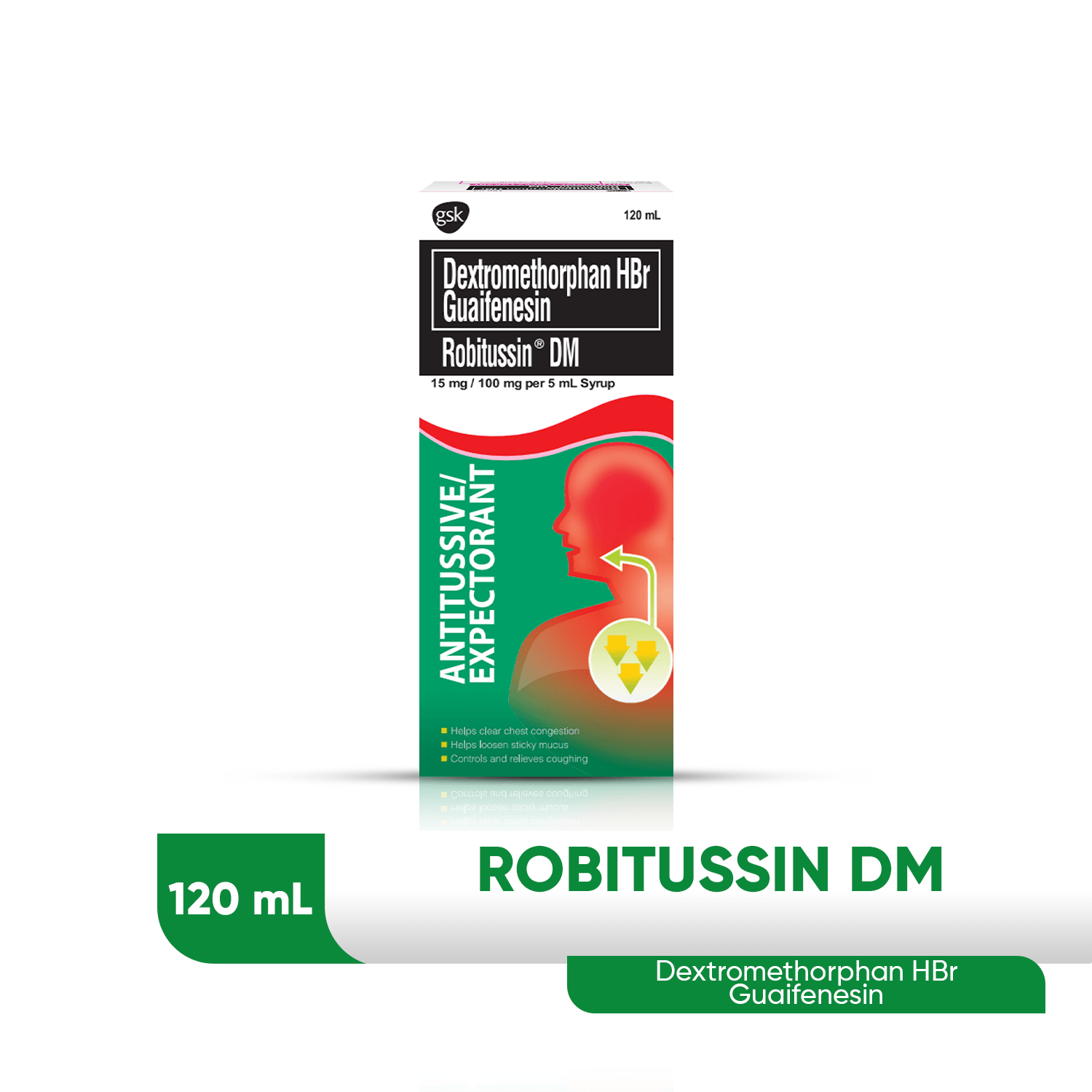News
Sidebar
Celebrating Excellence: 17 Southstar Drug - Gokongwei Brothers Foundation (GBF) Scholars Pass the November 2024 Pharmacist Licensure Examination
Published by: Frazdic Sta. Ana
Southstar Drug takes immense pride in congratulating 17 of its Gokongwei Brothers Foundation (GBF) Scholars...
Appointment of Thaddeus "Thad" Sanchez as General Manager of Southstar Drug
Published by: Frazdic Sta. Ana
Southstar Drug is pleased to announce the appointment of Thaddeus "Thad" L. Sanchez as its new General Manager,...
Southstar Drug celebrates the journey of motherhood with the Mom and Baby Wellness Festival
Published by: Frazdic Sta. Ana
Families, moms and their little ones spent Mother’s Day at the Mom and Baby Wellness...
Southstar Drug opens new distribution center in Pasig
Published by: Frazdic Sta. Ana
Southstar Drug inaugurated its new distribution center in Pasig City on April 30, 2024. The...
Everything You Need To Know About Pertussis
Published by: Frazdic Sta. Ana
Pertussis, colloquially known as Whooping Cough, silently prowls the corners of the Philippines, instilling fear...










